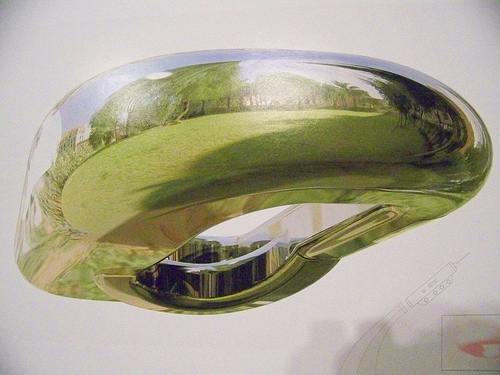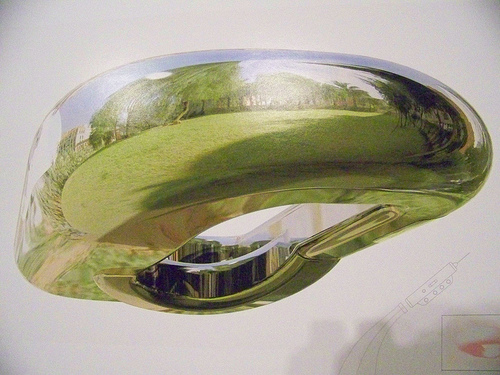 Photo courtesy spike55151 via FlickrNow here’s a great idea: The student-driven not-for-profit Artist as Citizen has a new Burning Embers design competition, inviting student artists to find new ways to portray climate change trends, causes, and effects. The contest, open to undergraduate and graduate art students and recent graduates, invites work in any medium that can be shown online–illustrations, graphics, photo montage, YouTube videos, flash movies, or any combination.
Photo courtesy spike55151 via FlickrNow here’s a great idea: The student-driven not-for-profit Artist as Citizen has a new Burning Embers design competition, inviting student artists to find new ways to portray climate change trends, causes, and effects. The contest, open to undergraduate and graduate art students and recent graduates, invites work in any medium that can be shown online–illustrations, graphics, photo montage, YouTube videos, flash movies, or any combination.
Burning Embers was inspired by a problem familiar to anyone who’s spent time with scientific reports: graphics by scientists can be achingly dull or confusing. The project takes its name from the “burning embers” diagrams created for the Intergovernmental Panel on Climate Change and criticized alternately for being too unclear or too unnerving (backstory here). The contest offers two calls:
We seek new designs for the information in the ‘burning embers’ graph or in similar risk evaluations like these graphs from MIT …
… OR: come up with a personal way to engage, or examine, the risk assessment in ‘burning embers’ — literally, or impressionistically; as a narrative, or in documentary form.
Examples for alternate lines of inquiry: 1. document your friend’s reaction to the graphs, or that of strangers on the street. 2. find out how much time an average person in your area devotes to thinking about the subject.
The contest includes a $4,000 prize and makes available grants for concept development in amounts from $200 to $800 (for team entries). The competition page has much more information. New York Times science reporter Andy Revkin teamed up with Artist as Citizen to conceive and promote the contest; after the July 31 deadline for entries, they will be judged by the public on Revkin’s Dot Earth blog.
The competition rests on two appealing premises—that communicating climate change to the public requires a diversity of media, and that scientific art should be held to the same standards of accuracy as traditional forms of journalism: “data compared should be faithful to the IPCC, MIT, or other scientific primary source. (Please include the name of your source.)”
Know a student artist? Pass this along.




